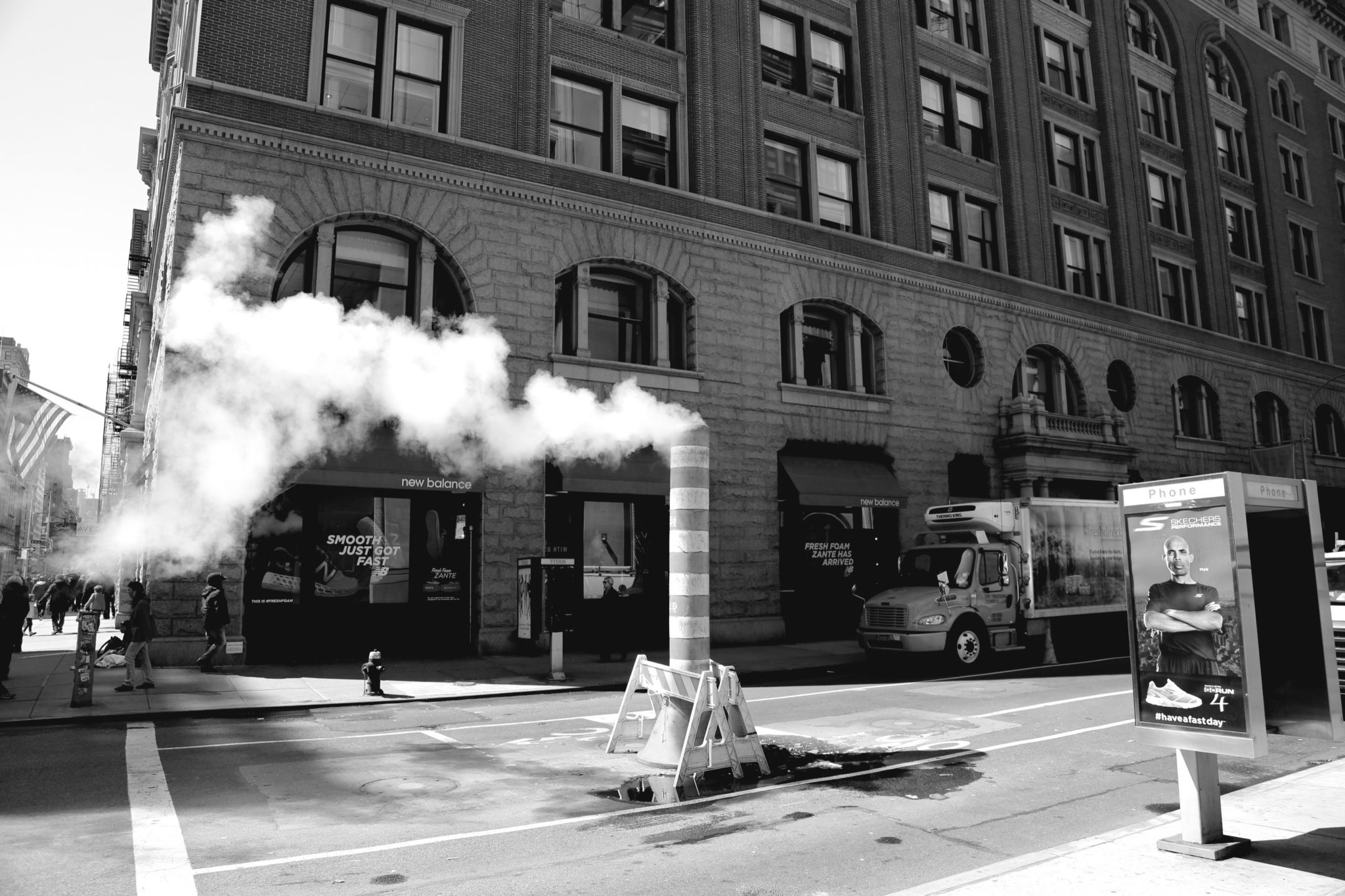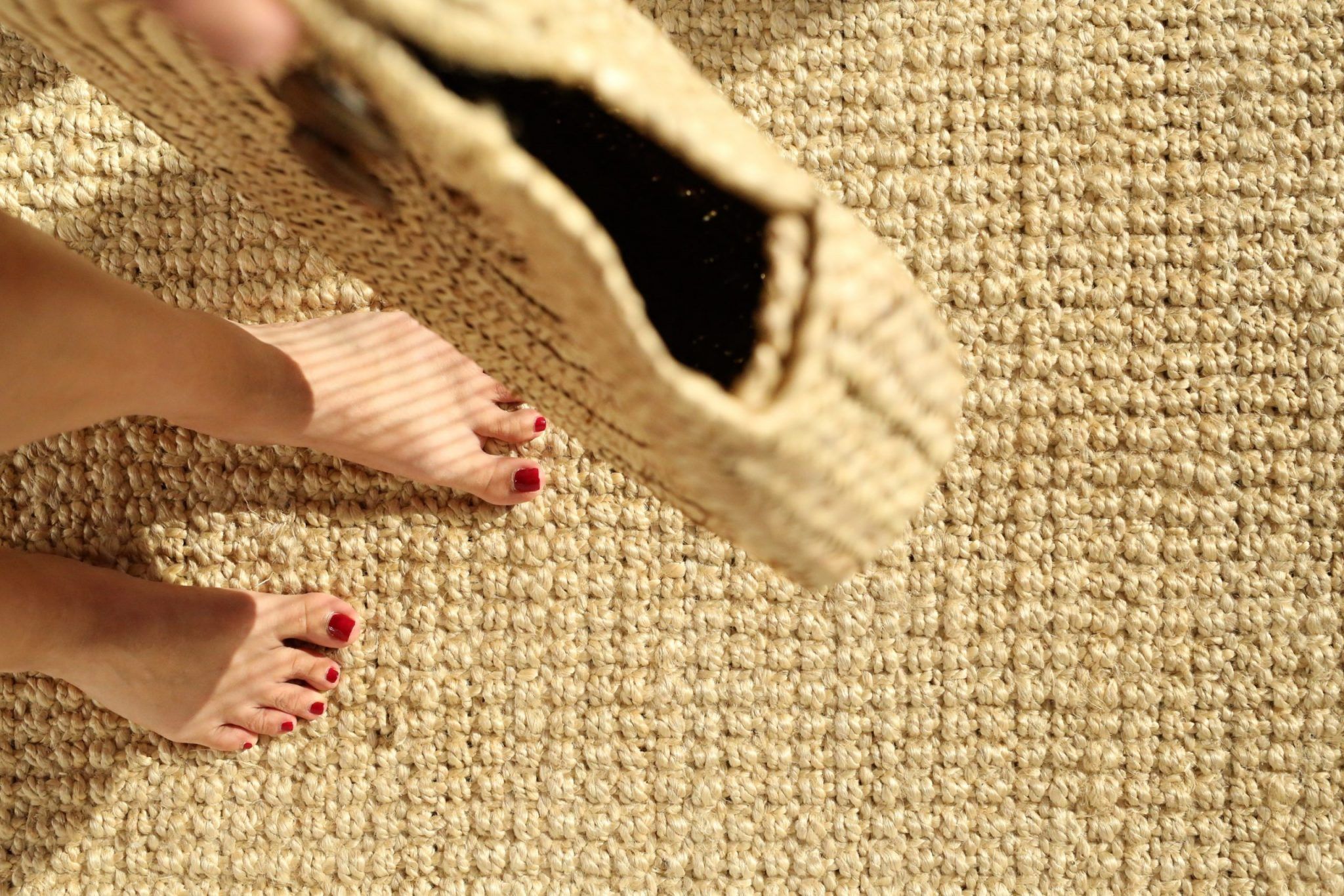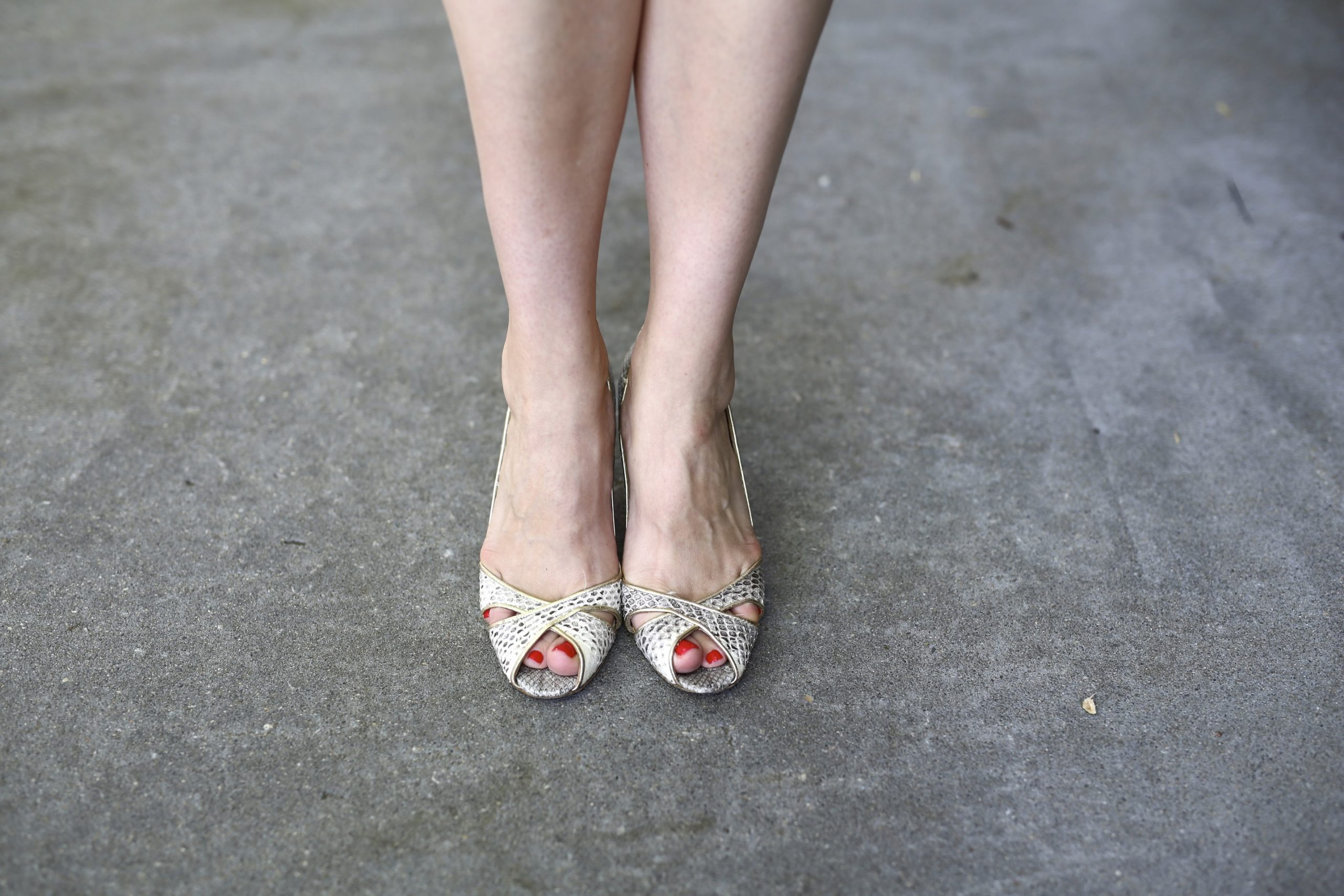I feel ambivalent about New Year’s because while I believe in the process of change, I’m hesitant to get behind the idea of New Year’s resolutions—to lose five pounds, to find the perfect relationship, to achieve a specific goal—if said resolutions promise to hold the keys to eternal happiness. While I wholeheartedly believe that we should take advantage of a new beginning, when anything and everything feels possible, the pressure motivating us to “get there” implies that where we are right now is complete crap. And so I feel like I’m stuck between a rock and a hard place because the act of seeking contentment and the art of being content appear to come into direct conflict with one another. Hence my writer’s block.In my fervent quest to find something inspiring to say, I happened upon a poem by Portia Nelson entitled Autobiography In Five Chapters. I’ve always loved it because of how simply and poignantly she describes the process of change. She uses the analogy of falling into a hole in the sidewalk and when I read it aloud in my classes, it struck a chord with so many of my students that I wanted to share it here.
Chapter 1
I walk down the street.
There is a deep hole in the sidewalk.
I fall in.
I am lost … I am helpless.
It isn’t my fault.
It takes forever to find a way out.Chapter 2
I walk down the same street.
There is a deep hole in the sidewalk.
I pretend I don’t see it.
I fall in again.
I can’t believe I am in the same place.
But it isn’t my fault.
It still takes a long time to get out.
Chapter 3
I walk down the same street.
There is a deep hole in the sidewalk.
I see it is there.
I still fall in … it’s a habit.
My eyes are open.
I know where I am.
It is my fault.
I get out immediately.
Chapter 4
I walk down the same street.
There is a deep hole in the sidewalk.
I walk around it.
Chapter 5
I walk down another street.
I feel especially drawn to chapters 2 and 3. Chapter 2 is that place where I acknowledge my desire to change a pattern. Chapter 3 describes my seemingly uncontrollable return to exactly the pattern I claim to be so desperate to change. My first instinct is to blame others for being stuck (“She pushed me in. He made me jump!”) but unfortunately I know better. The truth is, I choose to be there. And yet, when I’m in my hole, all I can really think about is getting out. I peer over the edge and imagine what life would be like when I get “there”—that place where everything will be okay—and suddenly I’m convinced that the only way I’ll find contentment is by climbing out of the shadows and into the light.
Carrie Owerko often quotes BKS Iyengar in class, telling us that he believes that the weakest, tightest parts of a pose are the brain of the asana. This mode of thinking has changed the way I look at my yoga practice. I’m no longer interested in “getting there”, because as long as I choose to do a pose for the sake of achieving it I will continue to miss the point. The study of my postural imperfections has allowed me to identify and apply the appropriate strategies to effect change on my mat and, while this entire paragraph may seem tangential, it dawned on me that perhaps a similar approach could be applied to that dark, cozy hole in the sidewalk. Maybe the hole’s the place to be?
Determined to find out for myself, I dove into my hole armed with a fine-toothed comb and a pocket knife. As it turns out, you can only get to know the space if you’re willing to turn on a light. The view was shocking but educational. Rather than following the usual protocol of strategizing an escape, I did something radical (for me, at least): I put up wallpaper, bought some throw pillows, and decided to reside in exactly the space I had vowed to avoid.
As you can probably imagine, parking oneself in the shadows of one’s mind is no picnic, but as the yoga community continues to tell me that I should try to dwell in a place of love and light, I feel compelled to suggest that you do the exact opposite. The answers are written on the walls of that deep, dark hole in your sidewalk. Sutra 2.7 states, “Attachment is that which follows identification with pleasurable experiences.” Whatever belief we water by returning to the hole is actually the brain of the entire operation. The process of dismantling those beliefs, one by one, is what catapults us forward into chapter 4, or better yet, chapter 5. Until we cultivate a tolerance for what “is”—an ability to soften in the face of darkness—we’ll always believe that life could only be brighter if we get “there”. I consistently have to remind myself that once I get “there”, it will only end up being another “here”. And so they say, “Wherever you go, there you are.”
If, by this time next year, I’m still stuck in my hole, I’d like to think that I’ll be able to rest down there with more ease and equanimity. Unraveling my beliefs has been the best yoga I’ve practiced in a long time, but it takes work. To quote BKS Iyengar again, “Practice (abhyasa) is a dedicated, unswerving, constant, and vigilant search into a chosen subject, pursued against all odds in the face of repeated failures, for indefinitely long periods of time. The discarding of ideas and actions which obstruct progress is vairagya [detachment].” My weakest links, my tightest parts, my holes in the sidewalk … these are my chosen subjects, and my yoga is to find the courage to abandon the erroneous impressions which make me believe that I don’t have a choice. To know that it is a choice is extremely empowering. Perhaps the act of seeking contentment is the practice of acceptance, because in a place of profound acceptance, earnest, lasting change can occur. I feel certain of one thing: the only way to embrace the brilliance within is to brave the darkness and turn on a light.






ummm..it maybe small hall or huge hall, but the way of thought is so deep. I totally agree.
Chrissy, you are such an inspiration. I loved this piece when you read it in class, and this post is such a great acknowledgement of a reality that certainly I (and probably lots of others) struggle with. I totally quoted you during a conversation with a friend last night – “wherever you go, there you are.” It’s so true!
That’s beautiful, Chrissy. I totally relate. I am always reminded of the well in Haruki Murakami’s ‘Wind Up Bird Chronicle’. Weird stuff goes on down in the dark, but it’s the other half of life’s experience. Light is not the whole story. Not balanced.
Maybe I just need new wallpaper to be comfortable in the hole.
Thank you for this.
“A teacher affects eternity; he can never tell where his influence stops. “
– Henry Adams
Thank you Chrissy 🙂
Eliza
The poem is indeed beautiful and it makes us think about our choices. My therapist often says that there is no worse feeling than the feeling of having “no choice”. We always have a choice – it might be a painful one, but the choice is there.
It is not my fault that the hole was there and I fell in it. Well, with time we do realize that we have plenty of possibilities to explore that might get us out of our comfort zone, but to internally grow we have to explore sides of us that we leave aside for fear, pain or just laziness.
We will be fine during those hard discoveries as long as we are kind and gentle to ourselves.